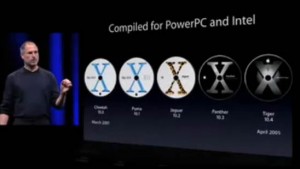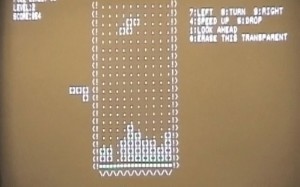Archive for June 6, 2025
Palm Pre Released
 June 6, 2009
June 6, 2009
Palm, Inc. releases the Palm Pre smartphone through Sprint in an attempt to regain marketshare, after their Treo line of smartphones is dwarfed by Apple’s iPhone. Featuring the Linux-based Palm webOS operating system, the Pre receives some praise from technical reviewers, but due to poor marketing and the rapid pace in which Apple dominates the New World of smartphones, Palm’s series of phones and the webOS never really have a chance to gain a foothold. Within the course of one year, Palm is purchased by HP for $1.2 billion. One year later, after just 2 months of abysmal sales of their TouchPad tablets, HP halted production of all webOS-based devices. HP later released webOS under an open source license, sold the operating system to electronics manufacturer LG, and the webOS and Palm patents to Qualcomm. Today, LG licenses webOS from Qualcomm as the operating system for their smart televisions, smart refrigerators, and smart projectors. webOS also lives on in open source form.
The Mac Gets Intel Inside
 June 6, 2005
June 6, 2005
In a keynote address at Apple’s Worldwide Developers Conference, Steve Jobs announces that Macintosh computers will transition from PowerPC to Intel processors and demonstrates Mac OS X running on a computer with an Intel Pentium 4 processor. Jobs revealed at the time that Apple had been secretly preparing for a possible transition to Intel for many years. Unbeknownst to the public, for every version of Mac OS X released, Apple actually had prepared a version running on an Intel processor. By making the transition to Intel, Apple paved the way for the resurgence of the Macintosh computer by making it more compatible with software for Microsoft Windows.
Tetris is Born
 June 6, 1984
June 6, 1984
Alexey Pajitnov first releases the game Tetris in the USSR. Tetris will become one of the most popular puzzle video games of all time. Originally programmed for a Soviet-built Elektronika 60 computer, the game was soon ported to the IBM PC, where it spread quickly throughout Moscow and the rest of the USSR. Eventually making its way to Hungary, from there the game was discovered and questionable attempts to license it for sale by various software companies were made. By 1989, half a dozen different companies claimed rights to create and distribute the Tetris software for home computers, game consoles, and handheld systems. Several highly complex and drawn out legal battles ensued in the following years to settle who had the rightful licenses and authority to sell the Tetris game in various formats and countries around the world. Ironically, Pajitnov himself was not able to make any money on Tetris for years because as an employee for the Soviet government, the Soviet State ended up owning the rights. It was only when the rights reverted from the old Soviet government to Pajitnov and he moved to the US in 1996 that he was able to form a company and collect royalties. Then he went on to work for Microsoft … trading one oppressive regime for another it would seem!
